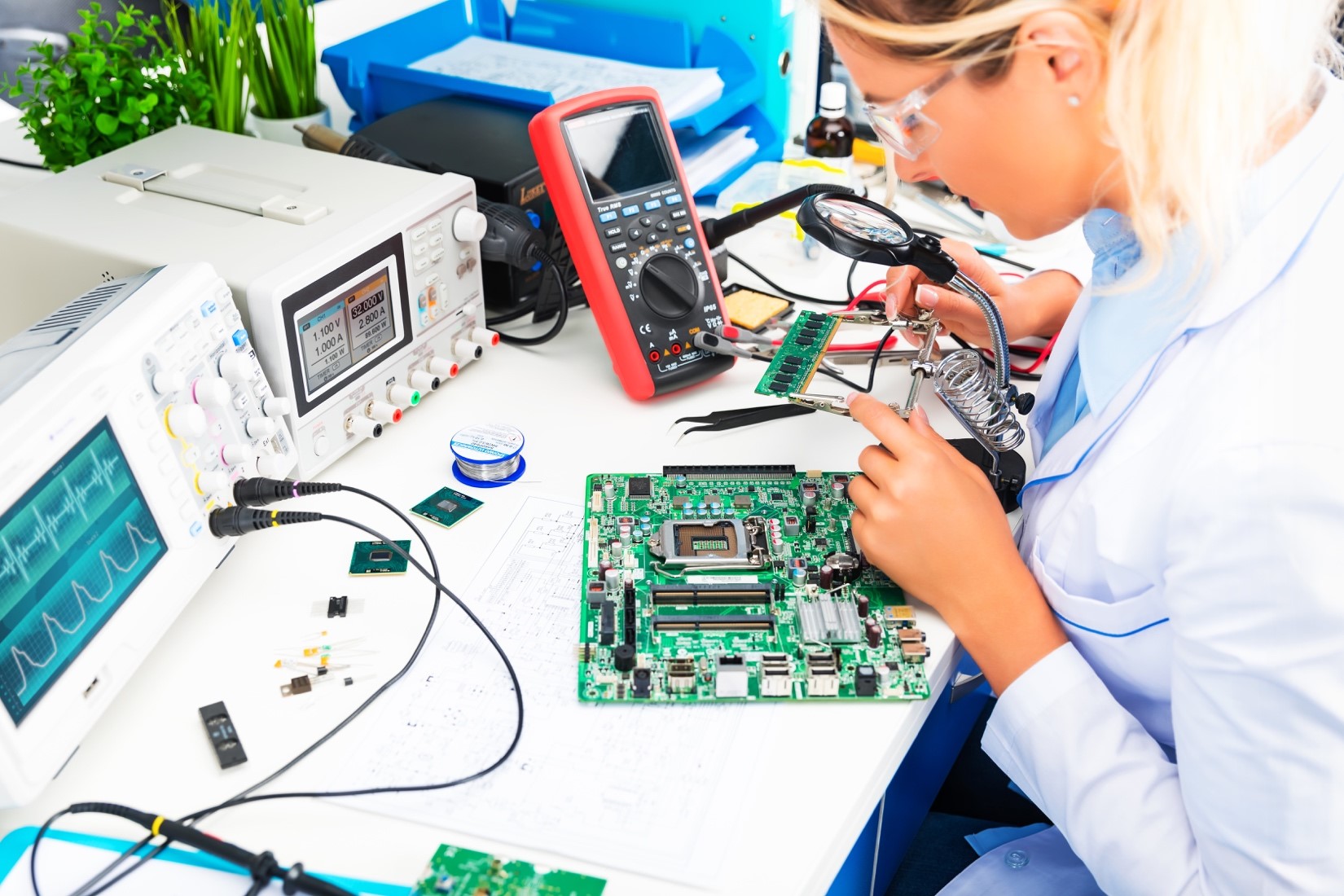
Many medical devices eventually require preventative maintenance or repairs, and this vital service can be performed by a manufacturer, health institution, independent servicing organization (ISO), or third-party service company. In a 2018 report, FDA noted that their analysis of comments, complaints, and adverse events revealed that most serious issues were related to devices that had been remanufactured rather than instruments that had been serviced. The difference between the two may seem negligible, but it actually has profound compliance implications. Although FDA believes it has statutory authority to regulate device servicing, it admits that it generally does not enforce the Food, Drug & Cosmetic Act (FD&C) requirements with respect to servicing activities. Remanufacturing is a different story, and therefore FDA’s interpretation of what constitutes remanufacturing vs. servicing activities is something you should understand.
Here’s how FDA makes the distinction between remanufacturing and servicing:
Because FDA considers remanufacturers to be manufacturers, you’ll want to make sure you understand the boundaries of servicing a device. In June 2021, FDA released a draft guidance document entitled Remanufacturing of Medical Devices in which they give examples of what is considered remanufacturing. The difference comes down to these guiding questions:
1 – Have any modifications resulted in a change to the intended use?
2 – Have any activities changed the safety or performance specifications of the finished device?
3 – Do any changes warrant a new FDA submission’ (See this FDA guidance document on deciding when submit a 510(k) for a changed existing device, or this one for software.)
4 – Have any changes related to components/parts / materials affected dimensional or performance specifications?
5 – Are you using a risk-based approach to evaluation of modifications?
6 – Have you documented your decision making?
Section VII of the guidance also talks about software-related changes and provides insights into what should be considered servicing activities, such as:
Perhaps the most useful section of the guidance is to be found in Appendix A. Here you will find 12 real-life examples illustrating the fine line between remanufacturing and servicing. Starting on page 31, you’ll also find some examples related to software. Finally, Appendix B contains advice on how you could document your evaluations.
It’s important to note that this is a draft FDA guidance and subject to change, but it reflects the current FDA thinking at the time of publication.
Oriel STAT A MATRIX provides a variety of on-site and virtual training courses for medical device manufacturers, including Design Control Training for Medical Devices and QMS Training for Medical Devices. View our course catalog Know More.

US OfficeWashington DC
EU OfficeCork, Ireland



UNITED STATES
1055 Thomas Jefferson St. NW
Suite 304
Washington, DC 20007
Phone: 1.800.472.6477
EUROPE
4 Emmet House, Barrack Square
Ballincollig
Cork, Ireland
Phone: +353 21 212 8530